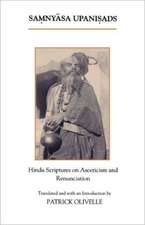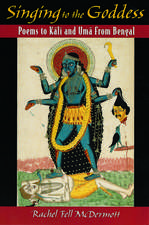The Vedas
Autor Anonymous Traducere de Ralph T. H. Griffith, Arthur Berriedale Keithen Limba Engleză Paperback
Preț: 200.35 lei
Nou
Puncte Express: 301
Preț estimativ în valută:
38.35€ • 39.52$ • 32.37£
38.35€ • 39.52$ • 32.37£
Carte tipărită la comandă
Livrare economică 01-15 martie
Preluare comenzi: 021 569.72.76
Specificații
ISBN-13: 9781541294714
ISBN-10: 1541294718
Pagini: 500
Dimensiuni: 216 x 279 x 26 mm
Greutate: 1.15 kg
ISBN-10: 1541294718
Pagini: 500
Dimensiuni: 216 x 279 x 26 mm
Greutate: 1.15 kg






















